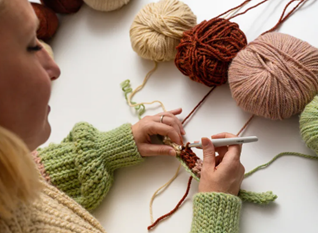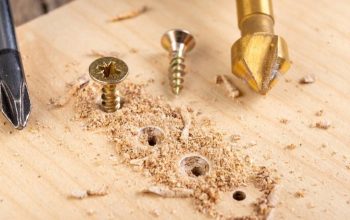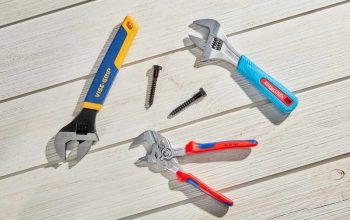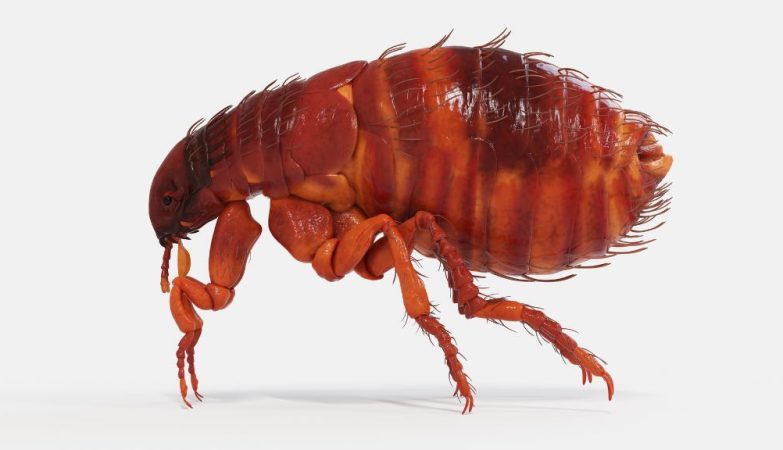Whether you are eager to learn how to crochet or are already on your creative journey and want to learn more about this fun craft, understanding the variety of tools and materials available is one of the best ways to learn new techniques and create a range of creative crochet projects.
As this Guardian article highlights, crochet is a skill and a craft that brings joy to many people. If you are ready to get started, let’s begin by running through some of the main features of the most important tool: the crochet hook.
An introduction to crochet hooks
All crochet hooks have a long handle for easy grip and a hook that pulls the yarn into the loops that form the individual crochet stitches. There is a range of hooks available, each with features that can make a huge difference to your final projects.
The part of the tool that sits just below the hook is called the throat, and there are two main types to consider:
Tapered crochet hooks
Tapered hooks are generally recommended for beginners because they are designed to ensure the yarn slips off the hook with ease. This feature also makes them ideally suited to projects that use a finer yarn.
Inline crochet hooks
The throat on an inline hook is aligned with the shaft, which can help to create more uniform stitches for a neater overall look. Inline hooks also typically hold onto the yarn more than a tapered throat, which can help to prevent the loss of yarn when pulling a stitch through.
Starting your crochet journey
Crochet kits come with all the materials you will need to create a specific project and can be an excellent way to begin your crocheting journey. You can explore the huge range of crochet kits available here to find your first project
Kits often have recommended hook sizes; however, when you understand the tools available to you, you can start to experiment with the varying outcomes that different sizes will offer, find your signature style, and have a lot of fun along the way.








